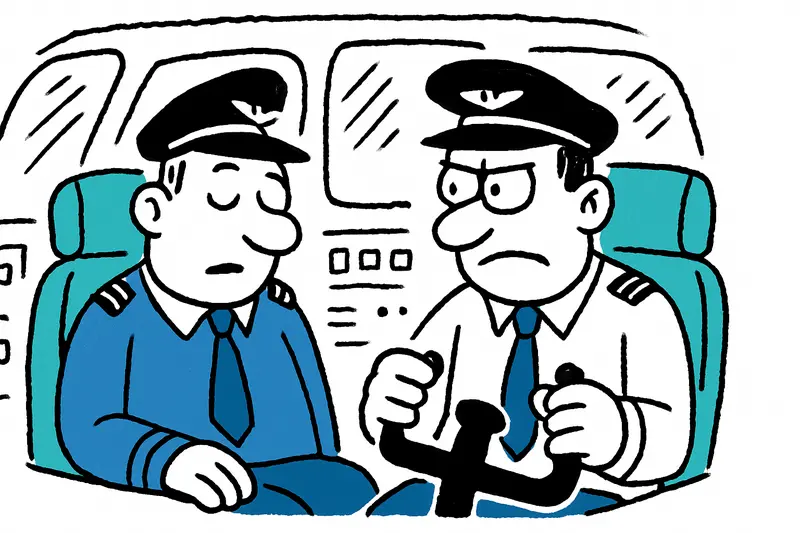A survey of German cockpit crews shows that short sleep periods during flights have become common for many — a problem that also affects Mallorca-bound routes.
When a short nap becomes routine
At Palma de Mallorca Airport you can feel it: more takeoffs, more landings, and somewhere in between people reaching their limits. A recent survey of German pilots describes exactly this. Short, controlled sleep periods — commonly referred to in the jargon as Napping — are no longer an exception but routine for many.
What the numbers say
More than 900 crew members were surveyed. The trend is clear: a large portion reported having slept during a flight in recent months. On short-haul flights that is not rare; on long-haul flights, even more so. Some crews use it regularly, others only occasionally. Very few see it as a single event.
Why this happens
The reasons seem banal yet serious: tight rosters, gaps in staffing, heat spikes in summer, and hectic transitions during delays or severe weather. Anyone who has waited at Gate B12 for the boarding call at 6:45 a.m. knows the pressure: prepare the flight, check passengers and weather — then move on to the next assignment.
A short nap in itself is not automatically dangerous. It can help reduce acute fatigue. But the survey warns that napping is becoming a permanent means for many to cope with structural overload. And that is where the problem arises: chronic stress cannot be solved with five minutes of sleep per flight.
What is being demanded
Representatives of the pilots union are therefore calling for a rethink among airlines, authorities, and policymakers. Better control of flight duty times, scientifically based fatigue risk management systems, and more realistic rosters are at the top of the list. This is not about sanctions but about safety – for crew and passengers alike.
Those on Mallorca for a vacation or picking up relatives should take the topic seriously. Delays after storms, staffing shortages, or tight hubs increase the likelihood that crews find themselves in exhaustion. This is not panic-mongering but a sober observation from aviation practice.
A local view
On-site, along Passeig Mallorca or over coffee in Son Armadams, pilots often speak openly about the intensification of work. They cite concrete cases: rosters that leave little time for rest, and routes with multiple connecting flights on the same day. Some say they use napping only in a controlled and regulatory manner. Others admit it feels like the only way to meet deadlines.
Conclusion: Short sleep in the cockpit is not inherently dangerous. It becomes problematic when it becomes part of a system that keeps people at the edge of their capacity. Mallorca, as a popular destination, is directly affected not only statistically but very practically, in the flight schedules and rosters that arrive here and depart again.
Similar News

Around one-fifth of Mallorca's hotels stay open in winter
Mallorca isn't completely quiet in winter: around 20 percent of the properties stay open, mainly for older visitors and ...

Quality Seal for Vacation Rentals: Holidu and Island Council Agree on Stricter Rules
The Island Council and the German booking platform Holidu have reached an agreement: Only officially licensed vacation a...

Sóller and Port de Sóller: Autumn Crowds — Buses Packed, Parking Scarce
Even in October, many visitors still flock to Sóller and Port de Sóller. Residents report full buses, missing parking sp...

Due to Fire Hazard: Discover Airlines Bans Power Bank Charging On Board – What Mallorca Travelers Need to Know Now
Discover Airlines has banned charging power banks on board. Carry-on transport remains allowed, but Mallorca passengers ...

Higher Revenues Despite Fewer German Guests: Tourism in the Balearic Islands 2025
The Balearic Islands are recording significantly higher hotel revenues this summer — hotels are raising prices, renovati...
